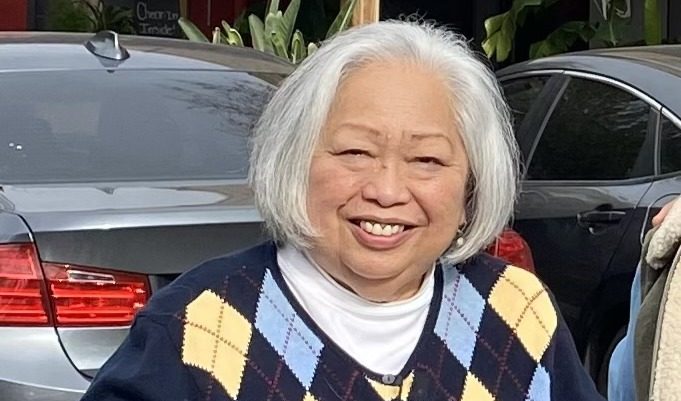By Marycon Young, Vitals contributor
For years, Jessica lived by the clock. Short-acting opioids eased her chronic pain for only 30 to 45 minutes at a time, leaving her counting the minutes until the next dose. Living with a connective tissue disorder since childhood, she had seen countless specialists and tried multiple therapies — but often felt dismissed and stuck in a cycle of dependency.
“I was physically reliant on opioids just to function,” said Jessica, a nurse and mother of three. “I spent my days waiting for the pain to return, worrying about judgmental treatment when trying to pick up routine refills, and feeling like I had to constantly prove that my pain was real. It controlled my life.”
That changed when Jessica was referred to Dr. Gabriel Belsky, a family and addiction medicine physician with Sutter Medical Group in Sacramento, who leads a program using buprenorphine, also called Suboxone, to treat patients with chronic pain and opioid dependence.
 Approved by the Food and Drug Administration in 2002 for opioid addiction, buprenorphine is now recognized as a safe and effective option for chronic pain management.
Approved by the Food and Drug Administration in 2002 for opioid addiction, buprenorphine is now recognized as a safe and effective option for chronic pain management.
“It works differently from other opioids,” Dr. Belsky said. “Think of it like a dimmer switch: It turns the light on and holds it steady, rather than surging and fading.”
Unlike short-acting opioids, buprenorphine doesn’t cause tolerance or “opioid-induced hyperalgesia,” a condition in which pain sensitivity increases over time. Patients also report clearer thinking and more consistent relief.
At Dr. Belsky’s clinic, group visits are central to care. Each week, 10 to 15 patients gather to share experiences, ask questions and support one another. “We focus on functional goals — like being active with family or returning to work — rather than eliminating pain altogether,” he said.
Jessica was initially skeptical, but under Belsky’s guidance she transitioned to Suboxone without withdrawal symptoms. The change was life-altering.
“My pain is now steady and manageable,” she said. “I don’t watch the clock anymore. I can be present with my family and friends.”
Her pain now averages a 2 to 3 out of 10, down from a 6 to 7, and she has gradually reduced her dose — on her own terms.
“For the first time as an adult, I feel like myself. I’m not controlled by medication — I’m managing my pain,” said Jessica.
Dr. Belsky’s goal is to expand access to this kind of care across Sutter through clinician education and systemwide collaboration.
“Addiction and chronic pain are medical conditions,” he said. “With the right tools and a nonjudgmental environment, people can reclaim their lives.”
Jessica’s story reflects Sutter Health’s broader commitment to improving access and outcomes for patients affected by pain and substance use disorders. Sutter hospitals were recently recognized for their leadership in advancing substance use disorder care across California.





